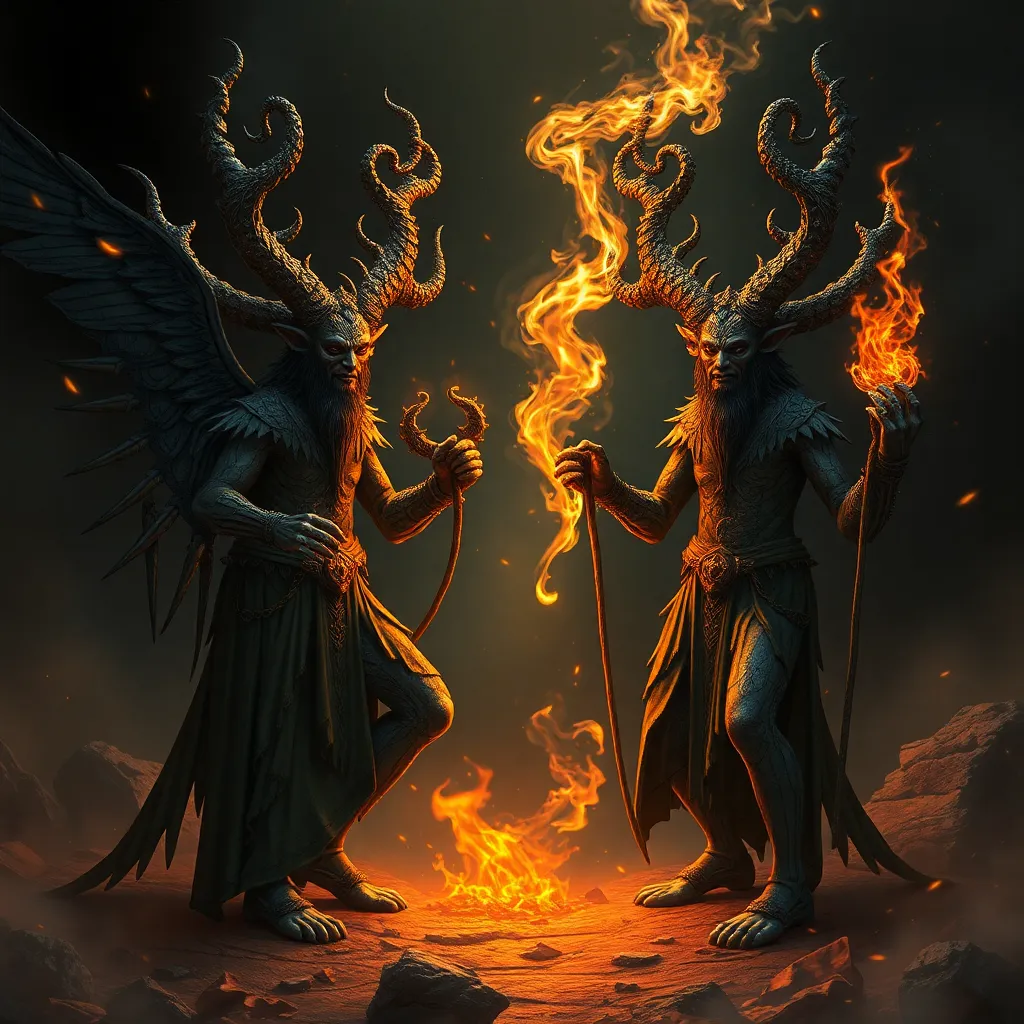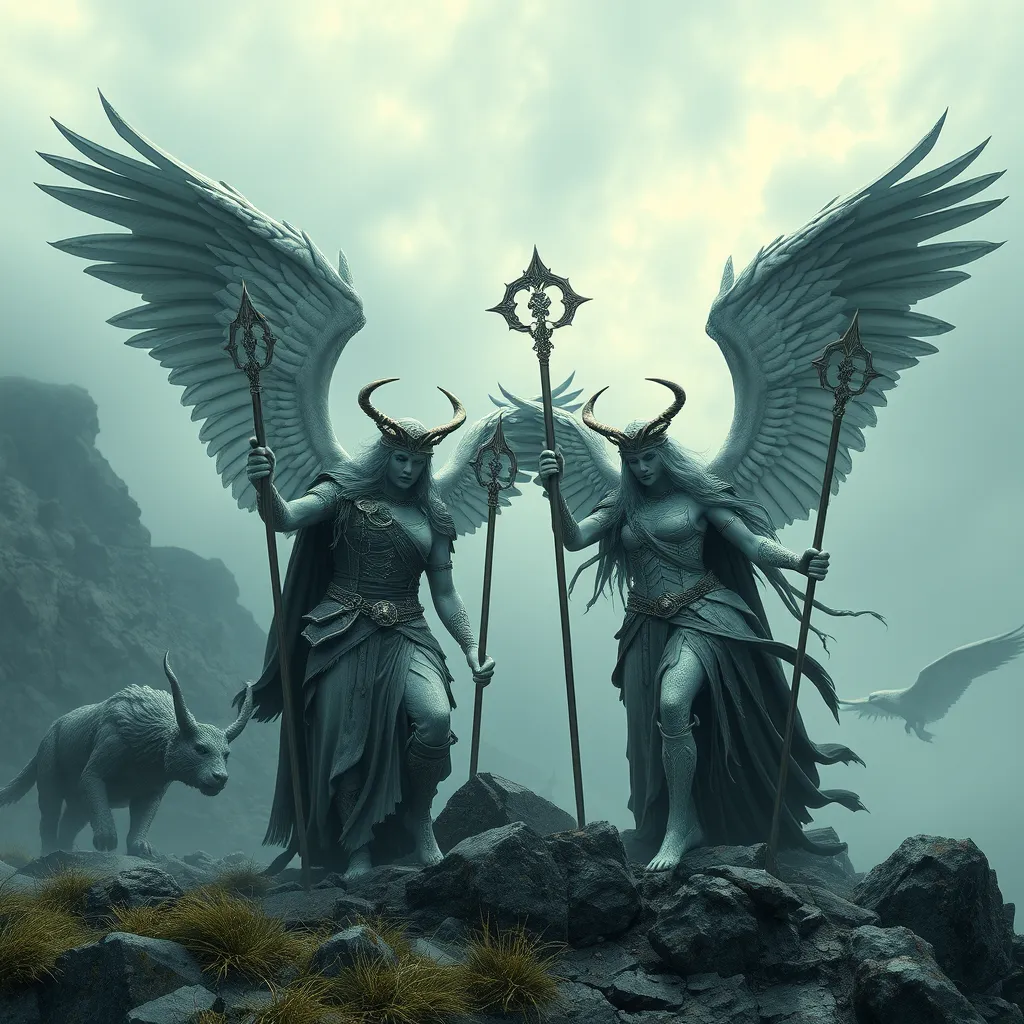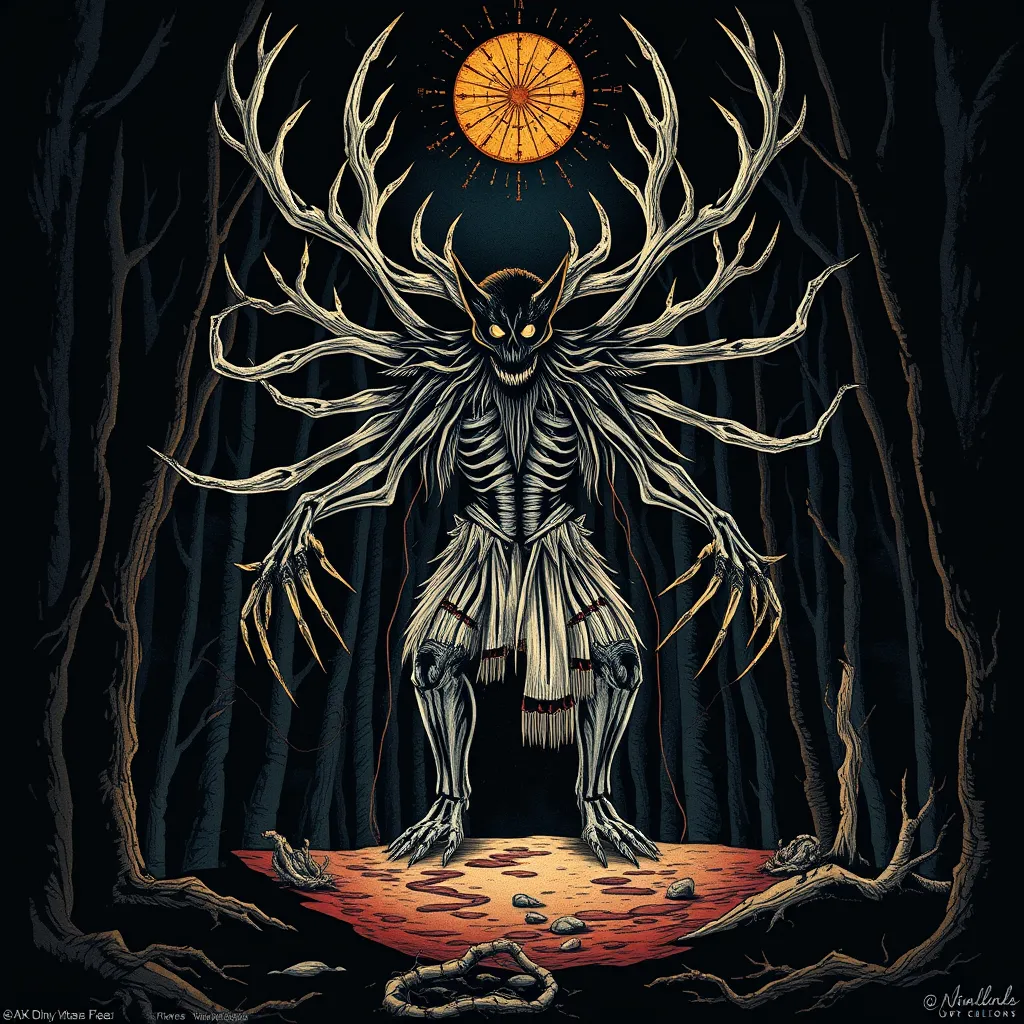The Ifrit and the Future: Exploring Their Potential Role in Future Myths and Legends
I. Introduction
The Ifrit, a powerful and often fearsome spirit from Arabian mythology, has captivated the imaginations of storytellers for centuries. Traditionally depicted as a fiery jinn, the Ifrit embodies elements of chaos, strength, and transformation. In many stories, this supernatural being is associated with both destruction and the potential for profound change, making it a compelling figure in the realm of myth.
Myths and legends play a significant role in cultural narratives, serving as a reflection of societal values, fears, and aspirations. These stories are not merely relics of the past; they continue to evolve, offering insights into contemporary life and human experience. This article aims to examine the Ifrit’s potential role in future storytelling, exploring how this ancient figure can be reimagined to resonate with modern audiences.
II. The Historical Context of the Ifrit
The Ifrit has its origins deeply rooted in Arabian folklore, often depicted as a powerful class of jinn. These beings are typically characterized by their formidable strength and their ability to shape-shift, which adds layers to their narrative complexity.
- Origins: The Ifrit is mentioned in various historical texts, including the Quran, where it is portrayed as a being capable of great mischief and power.
- Characteristics: Traditionally, Ifrits are described as being made of smokeless fire, possessing immense strength, intelligence, and sometimes a malevolent nature.
- Role in Myths: In many traditional tales, Ifrits interact with humans, often leading to both conflict and resolution, thereby illustrating the dual nature of their existence.
III. The Evolution of Mythology in Contemporary Culture
Myths are not static; they adapt and change as societies evolve. The Ifrit, like many mythological figures, has undergone transformations that reflect contemporary cultural shifts.
- Adaptation to Societal Changes: As values and beliefs change, so do the interpretations of the Ifrit. In modern storytelling, the Ifrit might be viewed as a misunderstood figure rather than solely a villain.
- Influence of Technology: The rise of digital media has allowed for new platforms of myth-making, enabling the Ifrit to appear in video games, films, and online narratives.
- Resurgence of Folklore Interest: Recent years have seen a revival of interest in folklore, with many creators incorporating traditional stories into contemporary formats, highlighting the Ifrit’s relevance in today’s world.
IV. The Ifrit in Modern Storytelling
The Ifrit has found a place in various forms of modern storytelling, from literature to film and video games. This section explores how contemporary narratives are shaping the perception of the Ifrit.
- Representation in Literature: Authors have reinterpreted the Ifrit, embedding it within modern narratives that explore themes of identity, power, and transformation.
- Film and Television: In visual media, Ifrits are often depicted with stunning special effects, emphasizing their fiery nature and magical abilities.
- Video Games: Many video games feature the Ifrit as a character or enemy, often incorporating its powers into gameplay mechanics, thus engaging players in the mythology.
These representations highlight a balance between traditional portrayals and modern reinterpretations, allowing for a richer understanding of the Ifrit’s character.
V. Symbolism and Themes Associated with the Ifrit
The Ifrit is not just a character; it embodies deep symbolism and themes that resonate with audiences.
- Symbol of Chaos and Transformation: The Ifrit represents the chaos that can lead to transformation, paralleling human experiences of struggle and change.
- Themes of Power and Rebellion: Stories featuring the Ifrit often explore themes of power—both its use and abuse—reflecting societal concerns about authority and autonomy.
- Connection to Human Emotions: The Ifrit’s narrative often intersects with human emotions, such as anger and desire for freedom, making it relatable to contemporary issues.
VI. The Potential Role of the Ifrit in Future Myths
As we look to the future, the Ifrit’s role in myths and legends continues to evolve.
- Integration into Future Narratives: The Ifrit could serve as a metaphor for modern challenges, such as climate change or technological advancements, highlighting the dual nature of progress.
- New Interpretations: Future storytellers may reinterpret the Ifrit as a guardian of balance, emphasizing the importance of coexistence between humanity and nature.
- Exploring Contemporary Issues: The Ifrit can be utilized to explore themes of social justice, identity struggles, and cultural conflicts, making ancient stories relevant to current societal debates.
VII. The Impact of Cultural Exchange on the Ifrit’s Legacy
Cultural exchange has played a significant role in shaping the legacy of the Ifrit, allowing for diverse interpretations across different societies.
- Cross-Cultural Adaptations: The Ifrit has appeared in various cultures, often adapted to fit local narratives, exemplifying the universal themes it represents.
- Multiculturalism’s Role: As societies become more multicultural, the Ifrit can serve as a bridge between cultures, facilitating dialogues about shared human experiences.
- Future Collaborations: The potential for future collaborations between cultures in myth-making could lead to innovative interpretations of the Ifrit, enriching its narrative tapestry.
VIII. Conclusion
The Ifrit’s historical significance and contemporary relevance underscore its enduring power as a mythological figure. As we navigate the complexities of modern life, myths like that of the Ifrit continue to shape human experience, offering timeless lessons and reflections.
In conclusion, the Ifrit holds immense potential to influence future legends and storytelling, serving as a lens through which we can explore the challenges and triumphs of the human condition. As we embrace the evolution of mythology, the Ifrit stands ready to ignite our imaginations for generations to come.



